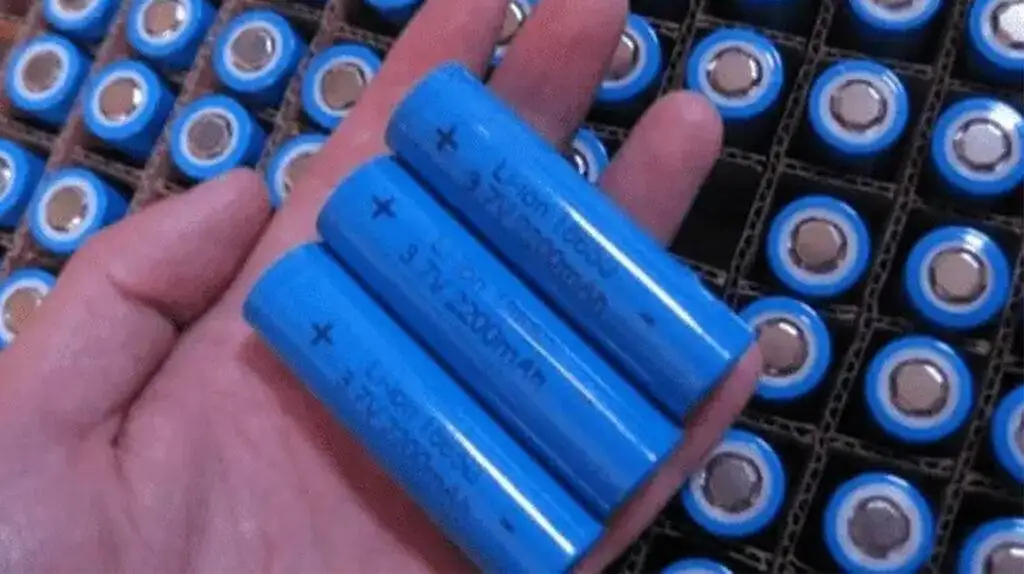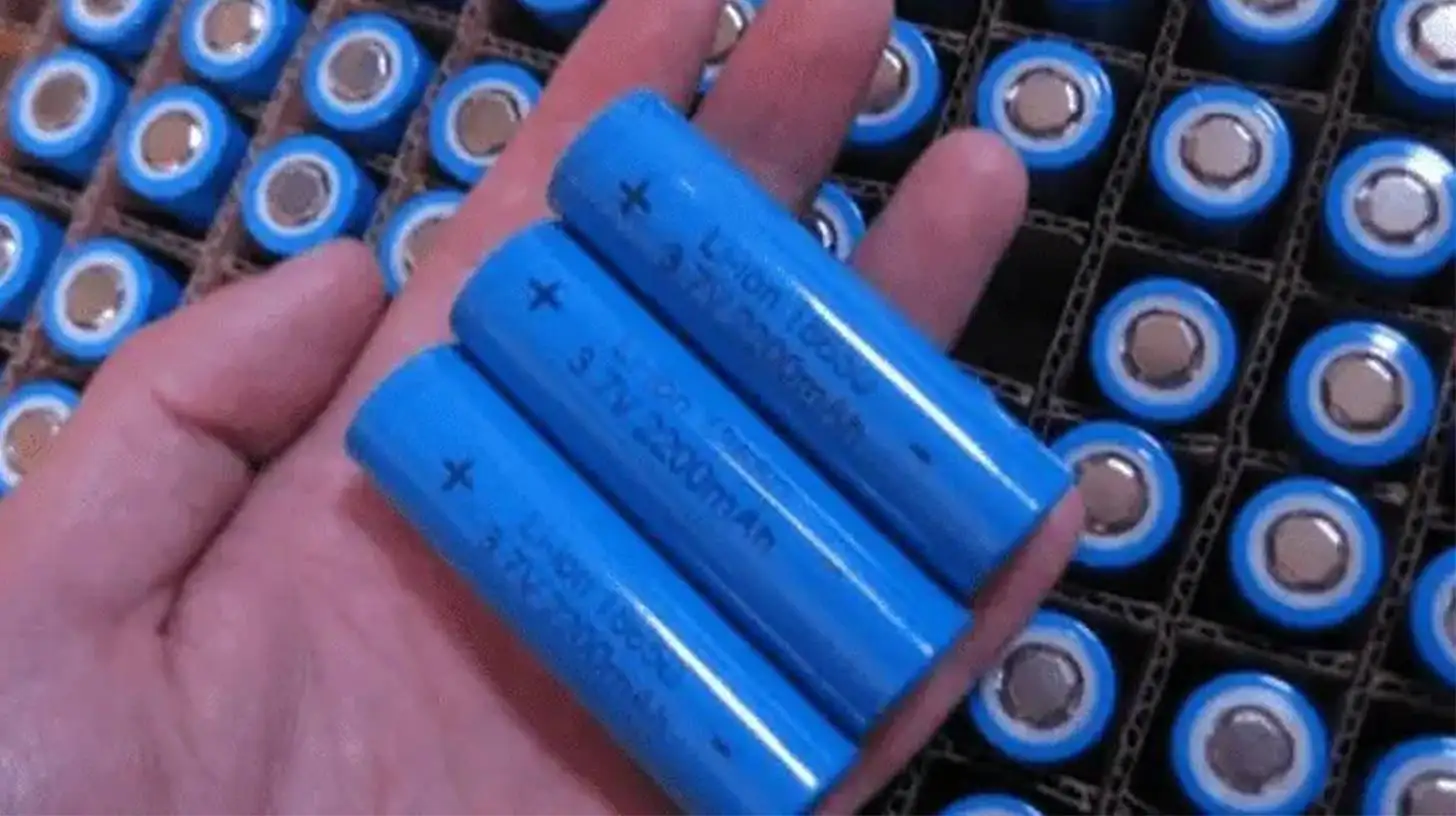Are you tired of using the same old pouches for your products? Do you want to try out something new that can set your brand apart in a crowded market? Look no further because we have got just the thing for you! In this blog post, we will be discussing the differences between cylindrical and prismatic pouches, their unique features and advantages, as well as which type is best suited for different industries. Get ready to revolutionize the way you package your goods with these innovative packaging solutions!

#post_seo_title
What are cylindrical and prismatic pouches?
Pouches come in all shapes and sizes, but two of the most common types are cylindrical and prismatic pouches. Cylindrical pouches are rounded and have a circular cross-section, while prismatic pouches are flat and have a rectangular cross-section. Both types of pouches have their own advantages and disadvantages, so it’s important to choose the right one for your needs.
Cylindrical pouches are typically cheaper to produce than prismatic pouches, since they require less material. They’re also easier to fill and seal, which can be a big advantage if you’re working with small quantities or delicate items. On the downside, cylindrical pouches can be more difficult to stack and transport than prismatic pouches.
Prismatic pouches are more expensive to produce than cylindrical pouches, but they offer some important advantages. They’re much easier to stack and transport than cylindrical pouches, since their flat surfaces make them more stable. Prismatic pouches also tend to hold up better over time, since they’re less likely to be damaged by crushing or bending.
The difference between cylindrical and prismatic pouches
There are two main types of pouches: cylindrical and prismatic. Cylindrical pouches are round in shape and have a bottom that is flat. Prismatic pouches are rectangular in shape and have a bottom that is slanted.
Here are some key differences between cylindrical and prismatic pouches:
-Cylindrical pouches hold more product than prismatic pouches.
-Cylindrical pouches stand up better on shelves than prismatic pouches.
-Prismatic pouches are easier to fill than cylindrical pouches.
-Prismatic pouches tend to be less expensive than cylindrical pouches.
The benefits of cylindrical pouches
When it comes to choosing the right type of pouch for your product, there are a few things to consider. One important factor is the shape of the pouch. Cylindrical pouches are a great option for products that need to stand out on shelves or be easily seen by consumers. Here are some benefits of cylindrical pouches:
1. They have a unique shape that makes them stand out from other types of pouches.
2. They can showcase your product in an eye-catching way.
3. They take up less space than prismatic pouches, making them ideal for small products or those that need to be shipped in smaller quantities.
4. Cylindrical pouches can be printed with high-quality graphics that wrap around the entire pouch, giving your product maximum visibility.
5. They can be sealed with a zip closure or a heat seal, making them tamper-resistant and ensuring your product stays fresh.
The benefits of prismatic pouches
Prismatic pouches offer a number of benefits over their cylindrical counterparts. Perhaps most notably, they are easier to fill and seal. This is because the corners of a prismatic pouch can be heat sealed, while the round corners of a cylindrical pouch require special die-cutting equipment.
Additionally, prismatic pouches offer a larger printable area than cylindrical pouches, making them ideal for brand promotion and product marketing. They can also be stacked and displayed more easily than cylindrical pouches, further enhancing their appeal to retailers.
Finally, prismatic pouches tend to be more resistant to crushing and denting than cylindrical pouches. This makes them ideal for shipping and storage, as well as for products that require a high level of protection (such as electronics).
How to choose the right pouch for your needs
When choosing a pouch for your product, the three main considerations are shape, material and size. The most common shapes are cylindrical and prismatic, but there are also quadrilateral and stand-up pouches available. The material will affect both the look and feel of the pouch as well as the barrier properties, which control how well the pouch protects your product. Finally, you need to consider the size of the pouch in terms of both width and height.
Cylindrical pouches are best for products that are round or have a lot of surface area, such as candies or cookies. Prismatic pouches are better for long, thin products like pencils or pens. Quadrilateral pouches can work for either type of product, but they tend to be more expensive than either cylindrical or prismatic pouches. Stand-up pouches are ideal for products that need to be displayed on a shelf, such as some types of food items.
The most common materials used for pouches are paper, foil and plastic. Paper has a natural look and feel, but it does not provide much protection from moisture or oxygen. Foil provides good barrier properties against both moisture and oxygen, but it can be difficult to print on. Plastic is the most versatile option, as it comes in many different thicknesses and can be clear or opaque. It is also easy to print on and seal securely.
Redway Power is a China-based OEM factory specializing in lithium battery module production. The company offers versatile LiFePO4 batteries suitable for various applications, including marine, emergency lighting, and security monitoring.
Conclusion
We hope this article has helped you gain a better understanding of the differences between cylindrical and prismatic pouches, as well as their respective uses. Cylindrical pouches are great for storing items such as cosmetics or clothing accessories, while prismatic pouches come in handy when you need to store food items or other liquids. Both design types have their own unique benefits and limitations, so it’s important to choose the one that best fits your needs before investing in them. With these tips in mind, now you can make an informed decision about which pouch would be most suitable for your purpose!


